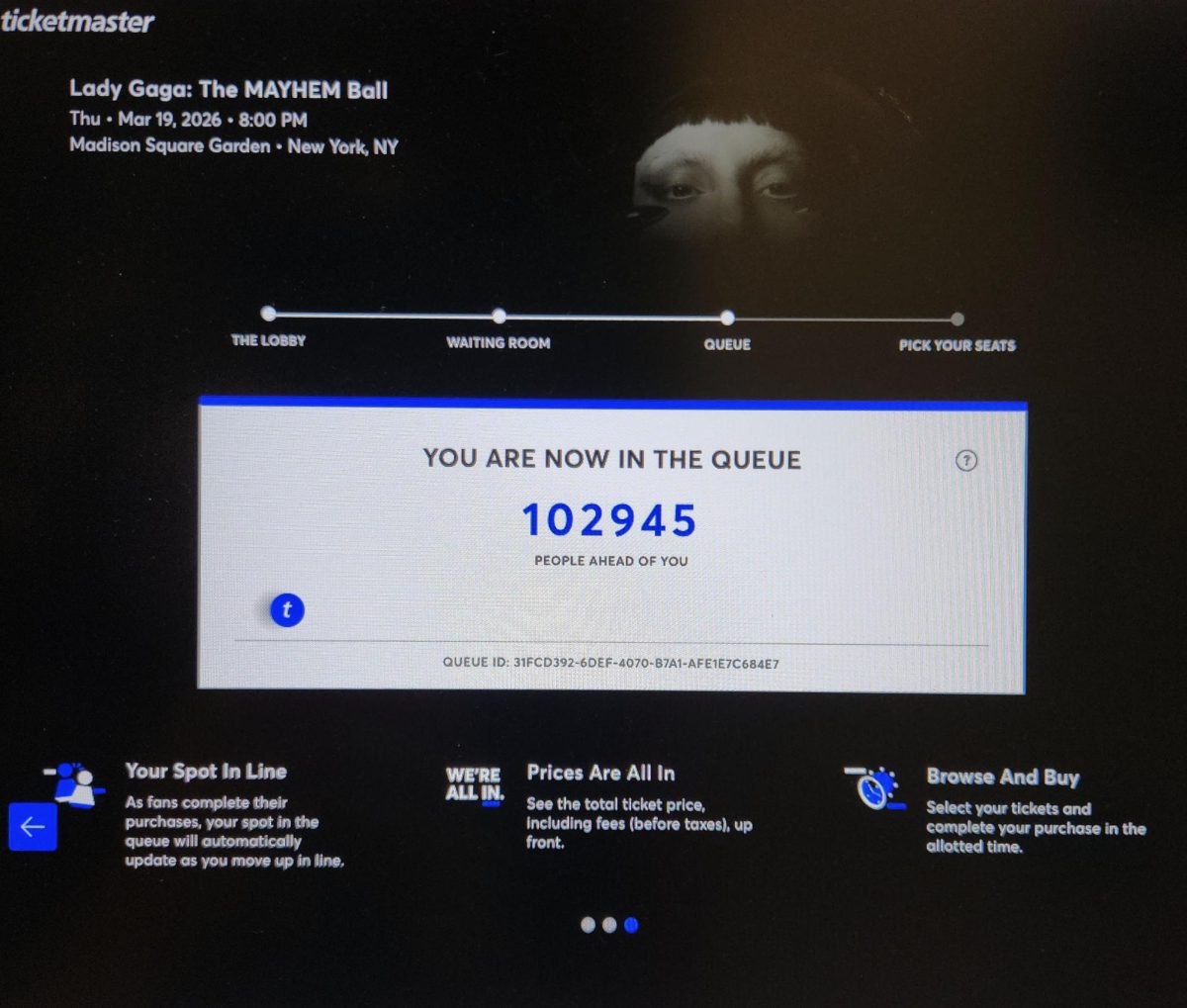Today is Feb. 19, the Day of Remembrance for the Japanese American Internment. To explain to you why this is important to me now, I’d like to tell you three stories.
First, I want to tell the story of Esther Torii Suzuki, who was the first Japanese American student at Macalester College. Esther was born in Portland, Oregon, where she lived with her parents and two sisters, Eunice and Lucy.
When Esther was 16 years old, the Japanese army attacked Pearl Harbor. Two months later, President Franklin D. Roosevelt signed Executive Order 9066, which authorized the internment of Japanese Americans. For weeks, Esther and her family could not leave their home from 8 p.m. to 6 a.m. and could not travel more than five miles away from their house. Chinese Americans in Esther’s town, who were mistaken for Japanese, started wearing large yellow buttons saying “I am Chinese.”
Given a week’s notice, Esther and her family were forced to leave their home and travel to a detention center on May 5, 1942. Their belongings sold for almost nothing, and a lifetime’s worth of possessions was reduced to two suitcases each. Her family lived with 4,000 other Japanese Americans in converted horse stalls where planks had been hastily placed over horse manure. Only two hours and 15 minutes before her family was to be sent to a permanent camp, Esther got a telegram from Washington, D.C., saying she was released to attend college. She said goodbye to her family through a barbed wire fence and then boarded a train to Minnesota. Esther graduated in 1946 with a degree in Sociology, and wrote later that she “learned a lot at Macalester about human kindness and concern for others.”
Now, I want to tell you why this matters to me: Esther’s story is also my grandmother’s story. My grandma was Mary Naganuma, and she was born in central California, at the heart of California’s agricultural region, in a small town called Pixley. She grew up on her family’s vegetable farm, where they grew peas, string beans and strawberries.
Unlike Esther, my grandma was still in high school when the internment started. Her family was sent to Poston, Arizona, in the middle of a desert. She could see scorpions through the gaps in the floorboards, and every day an inch of dust would blow inside the one room they had. The temperature sometimes climbed to over 120 degrees. In a bit of irony, the camp was built on the Colorado River Indian Reservation, whose people themselves had been rounded up and forced onto that desert in 1865. When the Tribal Council protested the decision to build a camp on its land, the US government ignored it.
The internment was supposed to protect the US from espionage and treason by Japanese Americans. However, the economics interests of white farmers and businessmen dominated. Because Japanese Americans were one third of the population of Hawaii, white businessmen there feared that the economy would be decimated if Japanese Americans were interned. My grandpa, who grew up in the tiny town of Volcano on the island of Hawaii, was not sent to a camp and neither was his family. Instead, he joined military intelligence and worked to break Japanese military codes.
But in California, white farmers resented the success of Japanese American farmers like my great-grandfather. A farmer in Salinas, California told the Sunday Evening Post, one of the most influential publications in the U.S. at the time, that “we’re charged with wanting to get rid of the Japs for selfish reasons. We do. It’s a question of whether the white man lives on the Pacific Coast or the brown men.” These farmers achieved their goals: Japanese Americans lost their livelihoods, their homes and their savings.
Born a few years apart in the same country, my grandparents’ fates during the war were wildly different. They were subject not to the whims of fate, but to the whims of those in power, who decided whether or not Japanese Americans were useful to them.
But like Esther, my grandma was one of the lucky ones: she got to leave to attend college. My grandma chose her school in Wisconsin because it was the farthest thing she could find from the desert. It was green and had a lake. Her mother could only afford to send one of her children to college, and so she choose my grandma, the “smartest.” It was a decision that my grandma would live with the rest of her life. By going to college, she left her family behind in the camp, not just physically, but educationally and economically as well.
Finally, I want to tell you why this matters now. After all, isn’t the internment long over? The U.S. government has apologized. The redress payments to former internees have been given out. In the desert where my grandma once lived, there now stands a pagoda, recognizing the injustice of what happened there.
But after 9/11, many Arab Americans and Muslims were detained without the rightful procedures, something that was protested by many civil rights groups, including Japanese American ones. Last November, a city mayor in Virginia compared rejecting Syrian refugees to the internment: “I’m reminded that President Franklin D. Roosevelt felt compelled to sequester Japanese foreign nationals after the bombing of Pearl Harbor, and it appears that the threat of harm to America from ISIS is now just as real and serious as that from our enemies then.” And in December, Donald Trump defended his plan to bar Muslims from the US by invoking FDR’s actions during WWII.
Esther understood the danger of this. She spent her life educating people about the injustice of the internment and advocating for human rights. When Southeast Asian refugees and immigrants began arriving to Minnesota in the 1970s, as the only Asian American social worker in the state, Esther was given most of their cases. She later served on the Nisei Student Relocation Commemorative Fund, which awards scholarships to Southeast Asian students in memory of Japanese American students like Esther, who had their lives disrupted by war. When the Ordway Theater decided to show Miss Saigon in 1994, Esther protested along with other Asian Americans who believed that the show perpetuated harmful stereotypes.
When I was younger, I thought that there was no space for me. I was too assimilated, and yet still foreign. I couldn’t be the “real” Japanese person people expected, but I couldn’t be white, either. Esther reminded me that there is a place to be both Japanese and American, the place that she occupied as a social worker, educator and activist. So though it is called the Day of Remembrance, today I’d like to do more than just remember. I want to take action against injustice, for Esther and for my grandparents, who have showed me who I can be.
Author’s note: If you’re interested in learning more, come to “The Japanese American Internment at Macalester: then and now” on Feb 25 at 11:45 a.m. in the C House! There will be a presentation and discussion with Esther’s sister, Lucy Kirihara, who is a lifelong educator, member of the Twin Cities JACL’s education board and advocate for human rights and equality, and Professor Emerita Janet Maeda Carlson, pioneering professor in Asian American studies and multiculturalism at Macalester. Light lunch will be served.







Jack Churchill • Sep 11, 2019 at 12:24 pm
Hey are using WordPress for your blog platform? I’m new to the blog world but I’m trying to get started and create my own. Do you need any html coding knowledge to make your own blog? Any help would be greatly appreciated!
Irene Sutherland • Sep 10, 2019 at 6:51 am
Hi there, the whole thing is going perfectly here and ofcourse every one is sharing facts, thatís actually good, keep up writing.
Una Mackenzie • Sep 8, 2019 at 12:14 am
Thanks in favor of sharing such a pleasant idea, article is nice, thats why i have read it entirely
jfhaszrptn • Aug 18, 2019 at 5:57 pm
fxqaaqoadymesrhquxtsfqmirrzpef
먹투비 • Aug 18, 2019 at 11:47 am
Hi to all, since I am in fact eager of reading this webpage’s post to be updated daily.
It contains fastidious information.
토토사이트 • Aug 18, 2019 at 10:08 am
What’s up colleagues, its fantastic post about teachingand fully defined, keep it
up all the time.